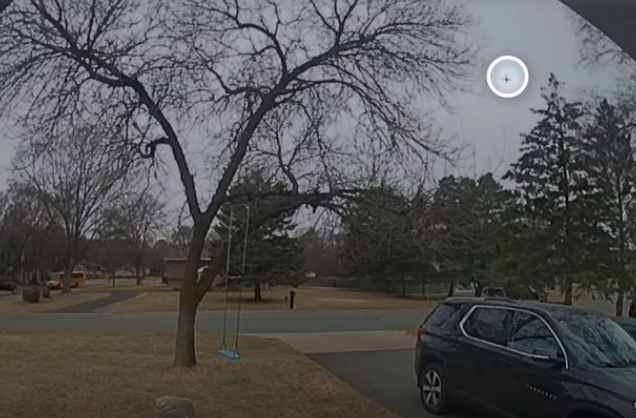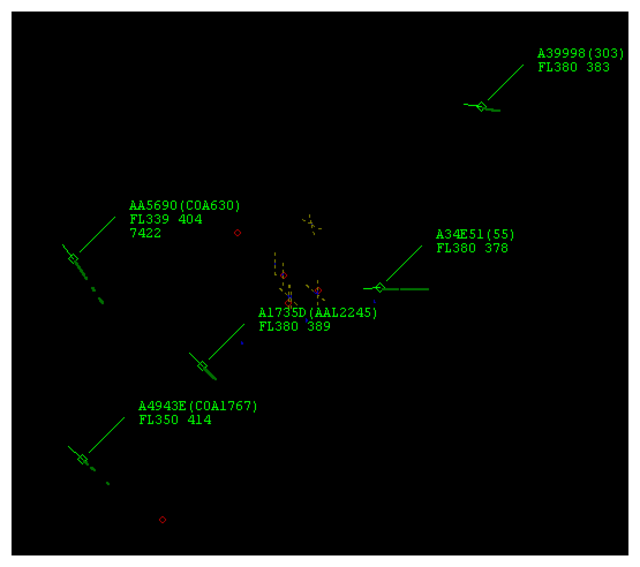General Aviation Accident Bulletin
Recent general aviation and air carrier accidents.
AVweb'sGeneral Aviation Accident Bulletinis taken from the pages of our sister publication,Aviation Safetymagazine, and is published twice a month. All the reports listed here are preliminary and include only initial factual findings about crashes. You can learn more about the final probable cause in the NTSB's website atwww.ntsb.gov. Final reports appear about a year after the accident, although some take longer. Find out more aboutAviation Safetyatwww.aviationsafetymagazine.com.
October 6, 2018, Fancy Gap, Va.
Piper J3C Cub
The airplane was substantially damaged when it impacted terrain at an unknown time. The solo private pilot was fatally injured. Instrument conditions prevailed for the cross-country flight.
The airplane was reported overdue at around 2220. The next day, the accident site was discovered about 95 miles into the 131-mile flight, along the route between the departure and destination airports, which have been a 172-degree course. The accident site was at 2766 feet MSL, about 150 feet below a summit. Weather recorded at 1135 about nine miles northwest of the accident site included broken clouds at 1200 feet AGL, broken clouds at 1700 feet and an overcast at 9000 feet. The weather observation facility's elevation was 2694 feet MSL. All major components of the airplane were located in the vicinity of the wreckage. The debris path was oriented on a 320-degree heading.
October 8, 2018, Grass Valley, Calif.
Piper PA-28-161 Warrior II/III
At 1100 Pacific time, the airplane experienced a loss of engine power during cruise flight and was force-landed to an open field. The solo student pilot was not injured but the airplane sustained substantial damage. Visual conditions prevailed.
Prior to departure, the left fuel tank was full, with the right filled "to the tabs." The plan was for a "round-robin" cross-country flight, with intermediate landings and takeoffs at six different airports before landing back at the departure airport. Total planned distance was 205 nm. The airplane was not refueled during the flight. About five miles from the next-to-last airport, at 5000 feet MSL, the engine sputtered. The pilot cycled the fuel pump and attempted to restart the engine without success. Unable to glide to the nearby airport, the pilot maneuvered to an open field. The nose landing gear collapsed on touchdown, and the airplane came to rest upright in the open field.
October 9, 2018, Cape Girardeau, Mo.
Van's RV-6A Experimental
The airplane veered off the side of the runway and nosed over while landing at about 1050 Central time. The private pilot was fatally injured and the passenger was seriously injured. The airplane was substantially damaged. Visual conditions prevailed.
Witnesses reported the pilot lost control of the airplane during a crosswind landing and veered off the side of the runway. The airplane nosed over and came to rest about 1750 feet from the runway's approach and about 25 feet off the right side.
October 12, 2018, Poolville, Texas
Piper PA-32RT-300 Lance II
At about 1608 Central time, the airplane was destroyed during an in-flight breakup and collision with terrain. The pilot and passenger were fatally injured. Marginal visual conditions prevailed. The flight originated about 1326. Its intended destination wasn't known.
The airplane wreckage was distributed in a northeast direction for about 3600 feet. The left wing was found about 500 feet and 320 degrees from the main wreckage. The airplane's left fiberglass wing tip was located about 3500 feet from the main wreckage. Various other components were distributed in a triangle-shaped pattern formed by the location of the main wreckage, the left wing and the left wing tip.
This article originally appeared in the January 2019 issue ofAviation Safetymagazine.
For more great content like this,subscribe toAviation Safety!






